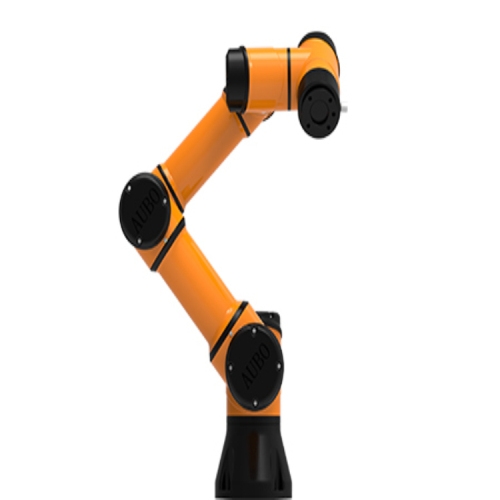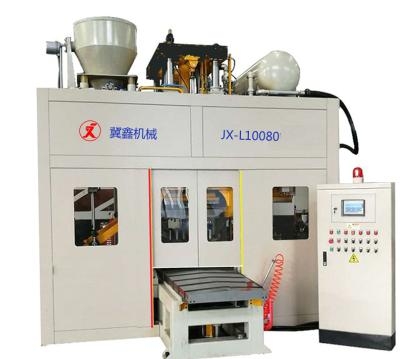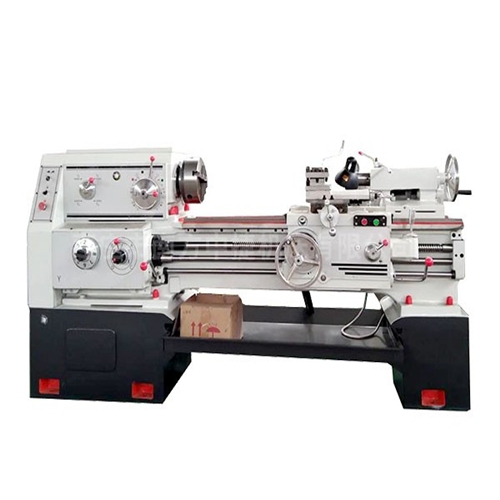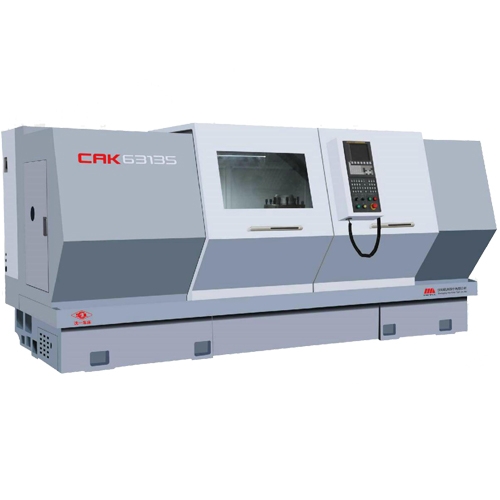Do you know the processing skills of CNC lathes?
Release date:2017-12-14
CNC lathe is a high-precision, automatic machine tool. The use of CNC lathe can improve the processing efficiency and invent more value. The appearance of CNC lathe makes the enterprise get rid of the backward processing technology. The process of CNC lathe processing is similar to that of ordinary lathe. However, since the CNC lathe is a single clamping, the automatic machining completes all the turning operations, so you should pay attention to the following aspects.
Reasonable selection of cutting amount
Regarding metal cutting, the processed materials, cutting tools, and cutting conditions are three major factors. These determine the processing time, tool life and processing quality. A cost-effective processing method must be a reasonable selection of cutting conditions.
The three elements of the cutting conditions: cutting speed, feed rate and depth of cut directly cause damage to the tool. As the cutting speed progresses, the tip temperature rises, causing mechanical, chemical, and thermal wear. The cutting speed is improved by 20% and the tool life is reduced by 1/2.
The feed conditions are related to the wear behind the tool in a very small range. However, the feed rate is large, the cutting temperature rises, and the rear wear is large. It has less effect on the tool than the cutting speed. Although the depth of cut has no effect on the cutting speed and the feed rate, in the case of small depth cutting, the hardened layer is formed by the cutting data, which also affects the life of the tool.
The user should select the cutting speed to be used according to the processed data, hardness, cutting condition, data type, feed rate, and depth of cut.
The selection of the most suitable processing conditions is selected on the basis of these factors. It is the ambition to have a regular, stable wear and reach the end of life.
However, in practice, the choice of tool life is related to tool wear, machine scale change, appearance quality, cutting noise, and heat processing. When determining the processing conditions, the requirements are studied according to the actual situation. For hard-to-machine materials such as stainless steel and heat-resistant alloys, it is possible to use a coolant or a rigid blade.
How to determine the three elements of cutting
How to correctly select these three elements is a primary part of the metal cutting principle course. Metal processing WeChat extracts some key points and selects the basic principles of these three elements:
a) Cutting speed (linear velocity, circumferential speed) V (m / min)
To select the number of revolutions per minute of the spindle, it is necessary to know first what the cutting line speed V should be. Selection of V: depends on tool data, workpiece data, processing conditions, etc.
Tool information:
Carbide, V can be obtained higher, generally can be more than 100 m / min, generally provide technical parameters when purchasing the blade:
How much line speed can be selected when processing what data. High-speed steel: V can only be obtained lower, generally does not exceed 70 m / min, in most cases, take 20 ~ 30 m / min.
Workpiece data:
High hardness, V is low; cast iron, V is low, 70~80 m/min can be taken when the tool data is hard alloy; low carbon steel, V can be more than 100 m/min, non-ferrous metal, V can be higher (100) ~200 m / min). For hardened steel and stainless steel, V should be lower.
Processing conditions
Roughing, V is lower; finishing, V is higher. The rigidity of the machine tool, workpiece, and tool is poor, and V is low. If the S used by the NC program is the spindle revolutions per minute, then S:S (spindle revolutions per minute) = V (cutting line speed) * 1000 / (3.1416 * workpiece) should be calculated according to the workpiece diameter and the cutting line speed V. Diameter) If the NC program uses constant line speed, then S can directly use the cutting line speed V (m/min)
b) the amount of feed (the amount of cutter)
F depends primarily on the roughness requirements of the workpiece. When finishing, the external requirements are high, and the amount of the cutter is small: 0.06~0.12mm/spindle per revolution. When roughing, it can be larger. The tool size is generally determined to be 0.3 or more. When the tool main back angle is large, the tool strength is poor and the feed amount cannot be too large. Others should also consider the power of the machine, the rigidity of the workpiece and the tool. The numerical control program uses the feed amount of two units: mm/min, mm/spindle per revolution, the unit used above is mm/spindle per revolution. If mm/min is used, the formula can be used to convert: the amount of feed per minute = every Turning tool amount * spindle revolutions per minute
c) the depth of the knife (cut depth)
When finishing, it is generally possible to take 0.5 (radius value) or less. When roughing, depending on the workpiece, tool, and machine condition, the general small lathe (with a diameter of 400 mm or less) is turned on under the normal fire condition, and the radius of the cutter in the radial direction does not exceed 5 mm. Others should pay attention to, if the spindle's spindle shifting is based on ordinary variable frequency speed regulation, then when the spindle rotates at a very low speed per minute (less than 100~200 rpm), the motor output power will be significantly reduced. And the amount of feed can only be obtained very small.
For more information about Shanghai Lathe Electromechanical Technology Co., Ltd. Shanghai lathe, Shanghai small CNC lathe, Shanghai CNC lathe, please contact Xiaobian.
Previous:None
Next:Small CNC lathe brake parking speed is getting slower and slower?
















